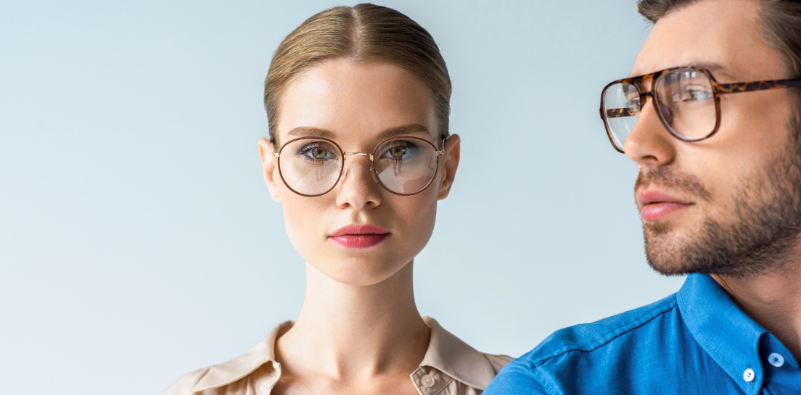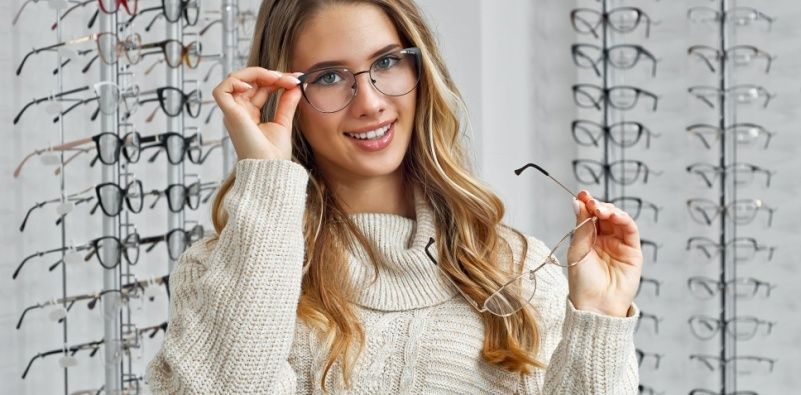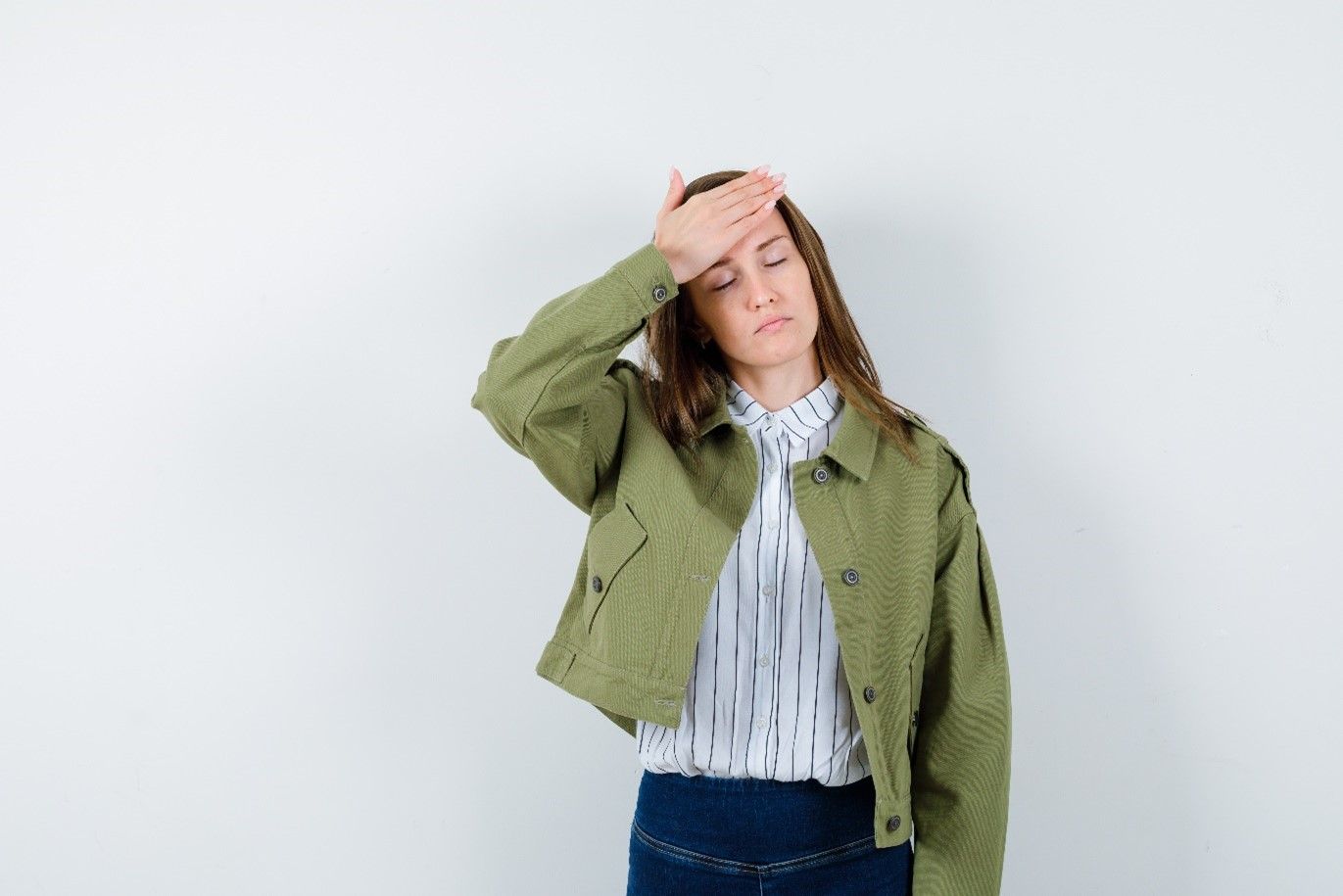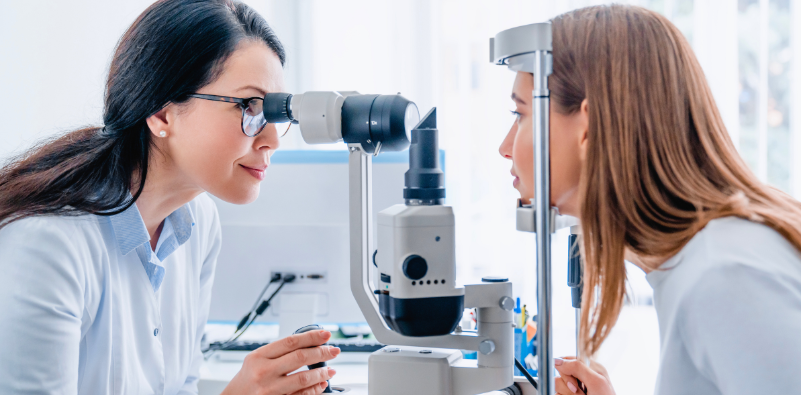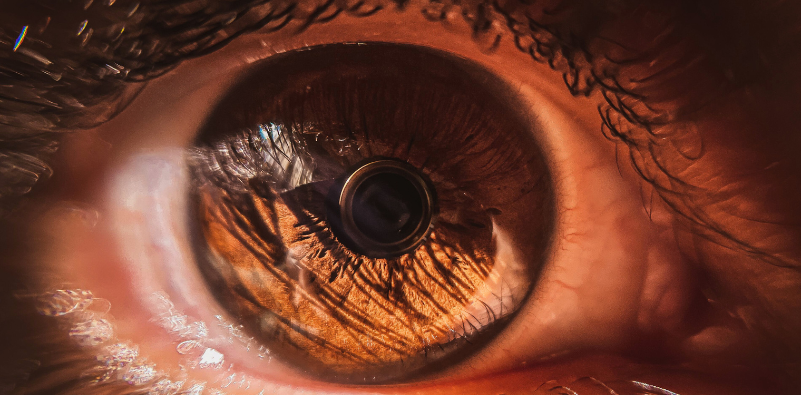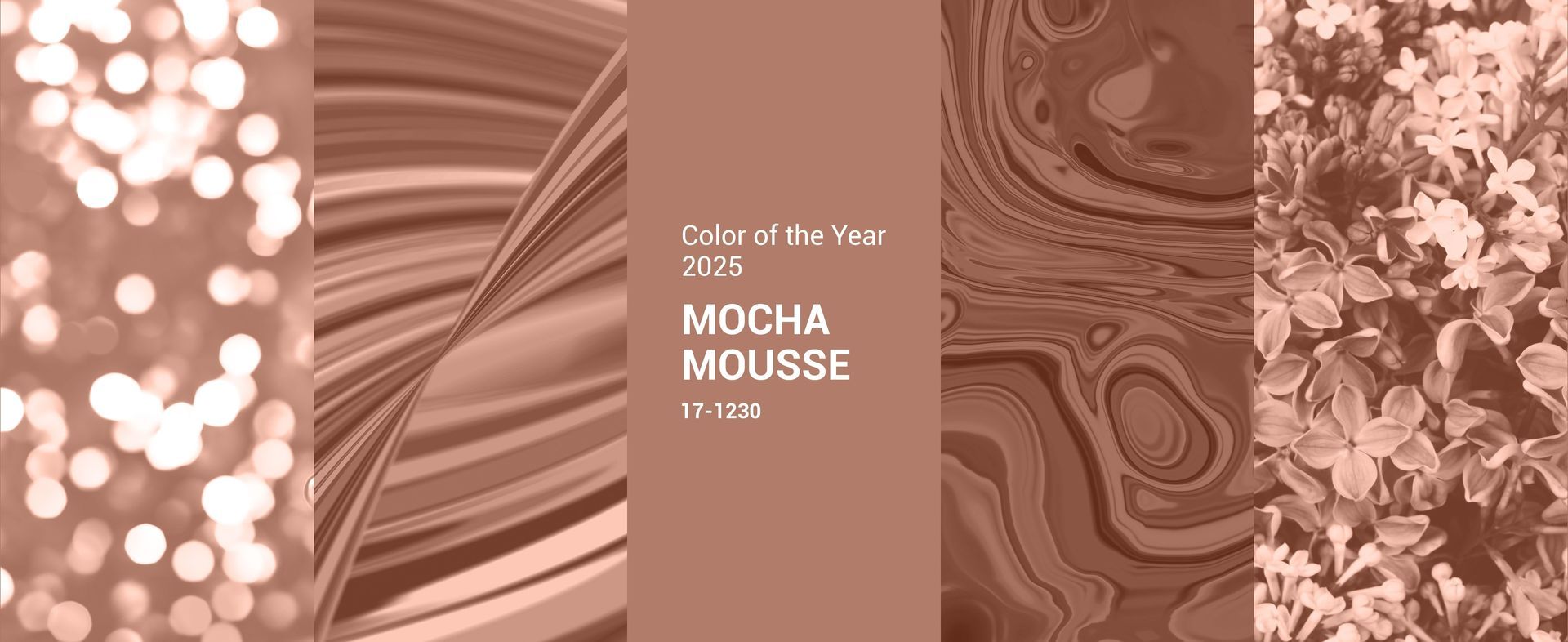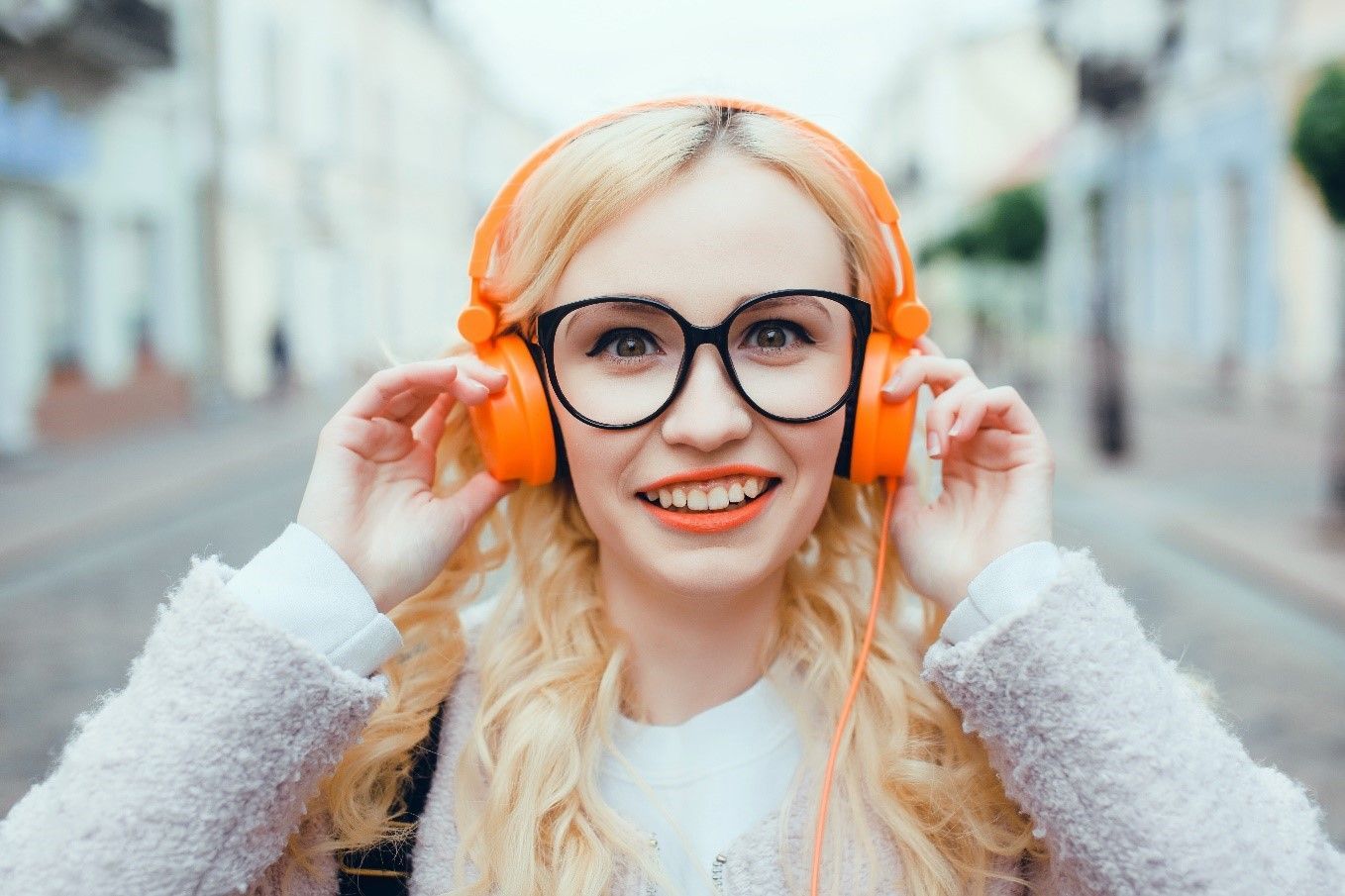How Your Eyes Work At Night
It is widely known that your eyes need light to see. Your
sight begins when light enters the eye, the light triggers light-sensitive
cells in the back of your eye. This causes signals to be sent from the optic
nerve to the brain which is what makes us see.
So, if we need light to see, how can we see in the dark?
Our eyes can let us see things around us in an incredibly
wide range of lighting conditions, from incredibly bright to almost pitch
black. This is due to different parts of the eye working together to ensure
that you can see in different settings.
In dark conditions, three parts of the eye work in unison to allow us to see.
These three parts are;
The Pupil - The pupil works by expanding and contracting depending on the lighting conditions. If you are in really bright light, your pupils will shrink down until they are really small in order to block the amount of light that will reach the retina. In the dark, your pupils will expand until they are really wide in order to let more light into the eye.
Rod & Cone Cells - There are two different types of cells in our eyes that are used to see light, these are called rods and cones. The cone cells allow us to see fine detail and colour, however, the cells need bright light in order to able us to do this. The rod cells can only detect black and white and have a much poorer resolution to cone cells. However, they remain extremely sensitive, even in very low light.
Photopigments – Rod and cone cells both contain chemicals called photopigments that are extremely light-sensitive. When the photopigments are exposed to light a chemical reaction happens where the light energy is converted into electrical activity that our brains can interpret. The key photopigment for seeing in the dark is known as the rhodopsin pigment. When light is intense, the rhodopsin pigment decompose which reduces your eyes sensitivity to dim light. In darkness, the pigments regenerate. This process is known as ‘Dark Adaption’, where the eye adjusts to see in low lighting conditions.
These three parts of the eye are what enables us to see in
the dark. It should be noted that when you are suddenly exposed to a low
lighting situation, your eyes won’t adjust immediately. In fact, our eyes can
adapt and adjust to bright lighting conditions much quicker than dark lighting
conditions. Cone cells can attain their maximum sensitivity to bright light in
5 minutes, whilst rod cells need up to 45 minutes of darkness before being able
to attain 80% dark adaption. Total dark adaption can take several hours.
There are things you can do to help your eyes adapt more quickly to dark
lighting conditions;
Wear Sunglasses – Exposure to bright sunlight can reduce your eyes' ability to adjust to dark lighting conditions, sometimes permanently. Wearing red-tinted sunglasses for up to 3o minutes before going into low light will help your eyes adjust to the dark. This is a trick that pilots use before flying at night.
Lower the Brightness on Your Screens – Lowering the brightness on your computer, tv and phone screens means your eyes won’t have to adjust as much when in dark lighting conditions.
Avoid Looking Directly at Bright Lights – Bright light can massively increase the amount of time you need for your eyes to adjust to the dark. Avoid looking directly at bright lights to help your eyes adjust to darkness, particularly at night. When driving at night, try to avoid looking into the headlights of oncoming traffic, this can affect your eyes adjusting to the dark which is dangerous for night-time driving.
If night-time driving is difficult for you, consider trying
EnRoute Lenses. EnRoute lenses offer significant reduction of reflections and
uncomfortable glare from oncoming traffic. They have a specially designed glare
filter and an optional contrast-enhancing filter, allowing better contrast in
low light conditions.
To find out more, visit our EnRoute page: http://www.eyewear.harroldopticians.co.uk/c/186099

